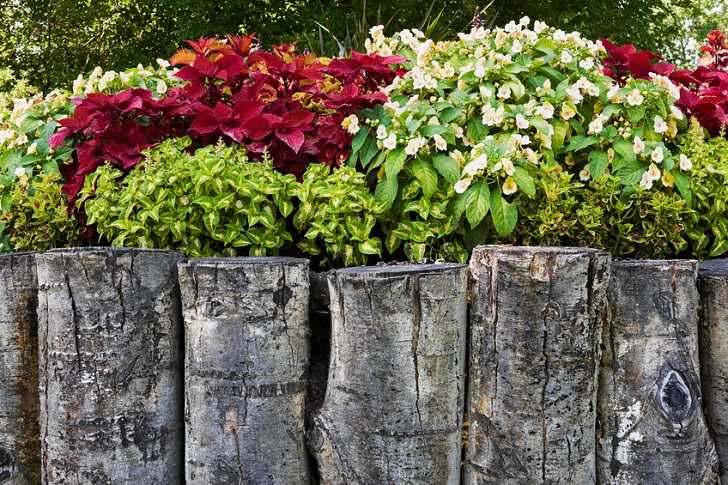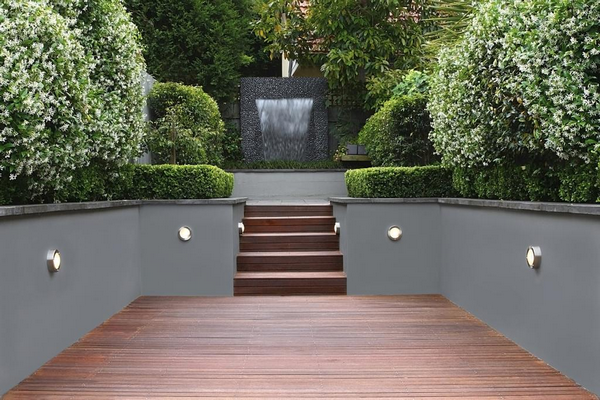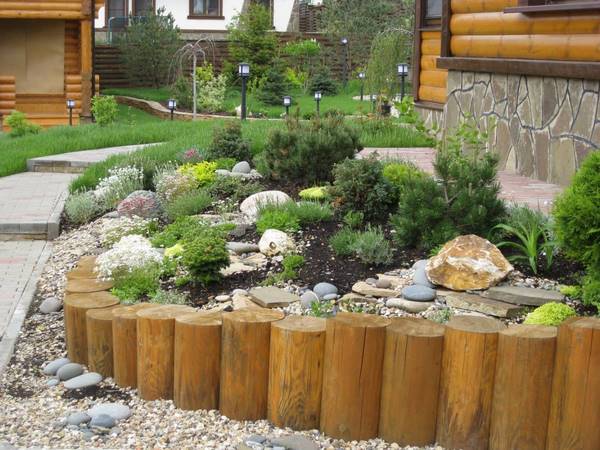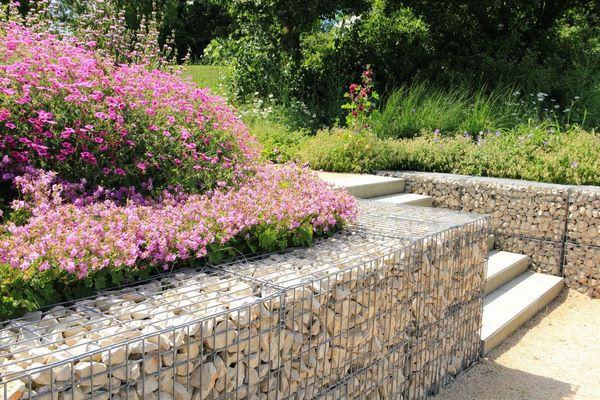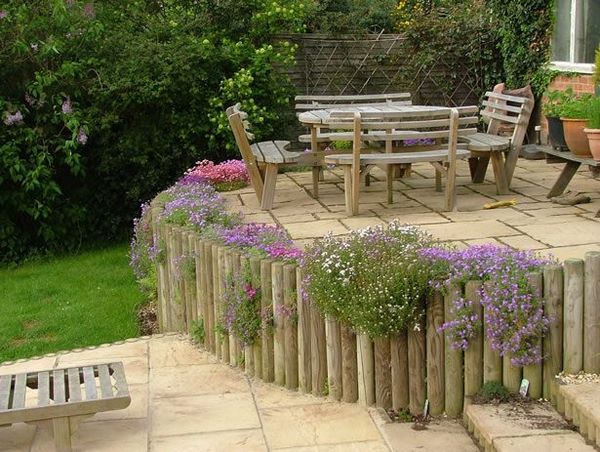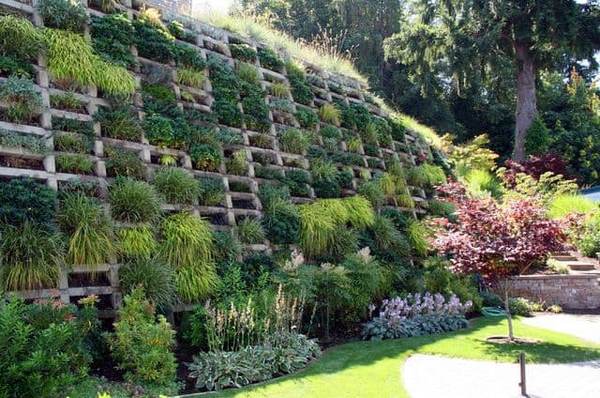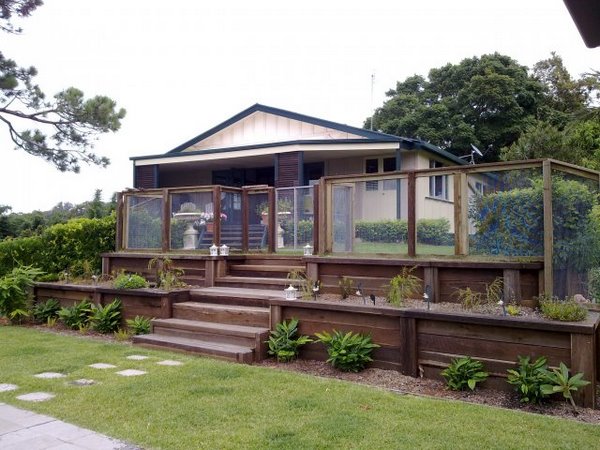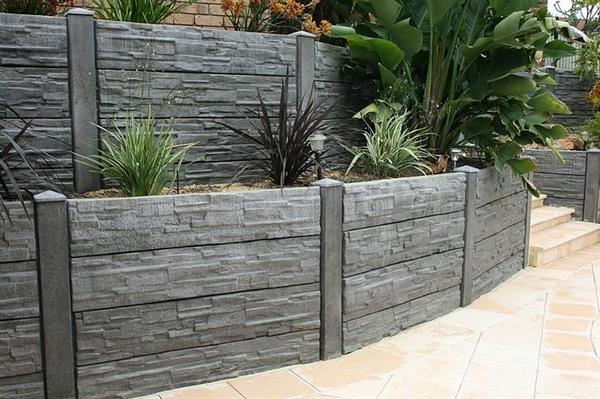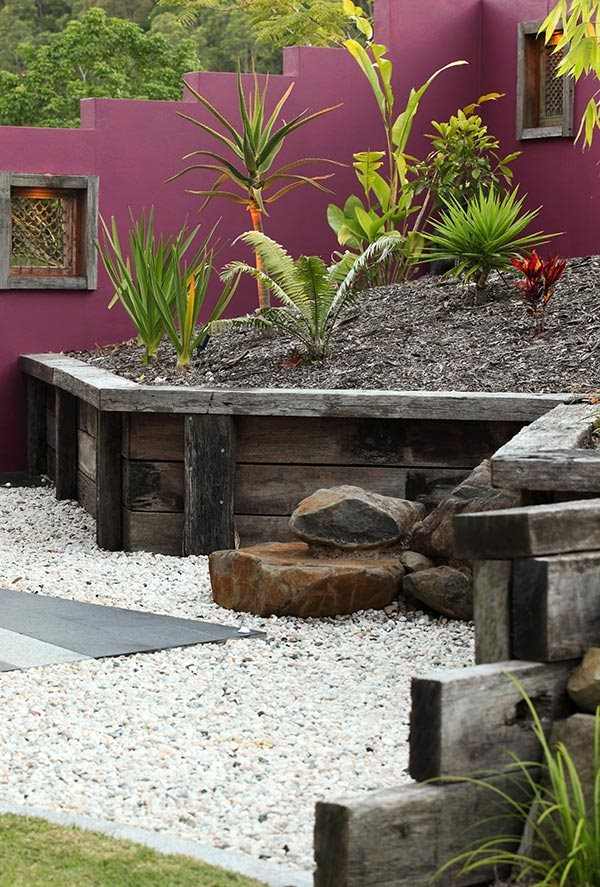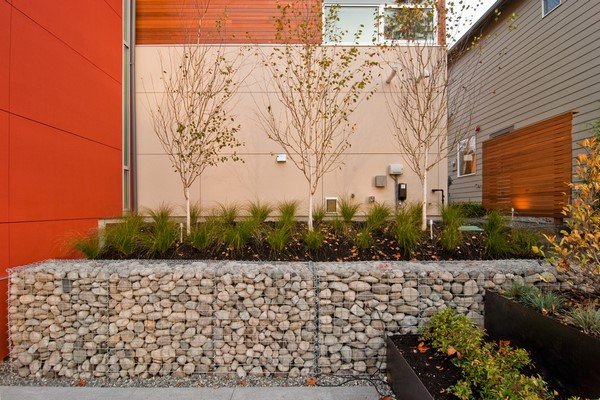Discover a wealth of expert insights on budget-friendly retaining wall ideas that not only enhance the functionality of your outdoor spaces but also elevate the visual appeal of your garden or backyard. From versatile material choices to cost-effective construction methods, this comprehensive guide will help you make informed decisions when planning your retaining wall project. Explore the pros and cons of different materials like concrete, wood logs, and gabions, each offering unique benefits tailored to your landscaping needs and budget constraints.
We have curated budget-friendly retaining wall ideas that not only serve a functional purpose but also elevate the aesthetics of your front or backyard while optimizing your outdoor space.
When it comes to constructing a retaining garden wall, versatility in materials is key. Depending on its structural requirements, the wall can be either robust and long-lasting or purely decorative to delineate areas like flower beds or outdoor living spaces without breaking the bank.
Material selection is influenced by landscape design, personal taste, and budget constraints. Despite minor variations in material costs, factoring in labor expenses is crucial unless opting for a DIY approach, which can significantly reduce overall costs.
Pros and Cons of Concrete Retaining Walls
An affordable and popular choice for retaining walls is concrete. Depending on the landscape, concrete walls can vary in height and are easily constructed using poured concrete or concrete blocks. The simplicity of pouring concrete allows for curved designs without the need for excessive thickness. While concrete walls may lack visual appeal, a decorative finish can enhance the overall look of your landscape design.
Wood Logs for Cost-Effective Retaining Walls
Utilizing wood logs is a creative and economical solution for building a sturdy retaining wall. Whether installed vertically or horizontally, wood garden walls are known for their affordability despite being slightly challenging to construct. With various wood species available, including recycled options like pallets or railway sleepers, vertical log installation provides reliable soil support. Trenching and proper drainage are essential for log walls, ensuring longevity and structural integrity. Visually appealing and versatile, wood garden walls complement different landscape styles.
Gabion Walls for Affordability and Durability
Gabion retaining walls offer a cost-effective and efficient solution due to their durability and low maintenance. These walls, filled with various materials, provide excellent drainage, easy installation, and eco-friendly benefits. Whether filled with flagstone, granite, or other stones, gabions are versatile and visually striking. With minimal labor costs and customizable designs, gabion walls are a practical choice for budget-conscious projects.
The assembly of gabions involves securing and interconnecting containers, allowing for creative stone combinations to enhance the wall\’s appearance while reducing overall costs.
Frequently Asked Questions
1. What are the key factors to consider when choosing materials for a retaining wall?
When selecting materials for a retaining wall, factors such as structural requirements, landscape design compatibility, personal preferences, and budget constraints play a crucial role. It’s essential to assess the durability, aesthetics, and cost-effectiveness of each material option.
2. How do concrete retaining walls compare to other materials in terms of longevity and maintenance?
Concrete retaining walls are known for their longevity and low maintenance requirements. When properly constructed, concrete walls can withstand harsh weather conditions and provide excellent structural stability over time. Regular inspections and minor repairs can prolong the lifespan of concrete walls.
3. Are wood log retaining walls suitable for all types of landscapes, and what are the primary considerations for their installation?
Wood log retaining walls are versatile and can complement various landscape styles. However, proper drainage, soil support, and maintenance are crucial aspects to consider during installation. Trenching and choosing the right wood species are essential for ensuring the structural integrity and longevity of wood log walls.
4. What are the advantages of using gabion walls, and how do they differ from traditional retaining wall materials?
Gabion walls offer cost-effectiveness, durability, and versatility in design options. Unlike traditional materials like concrete or wood, gabions provide excellent drainage, easy installation, and the ability to create visually appealing structures using different stone fillings. Their eco-friendly nature and customizable features make gabion walls a popular choice for budget-conscious projects.
5. How can I enhance the visual appeal of a concrete retaining wall?
To improve the visual appeal of a concrete retaining wall, consider applying decorative finishes such as textured coatings, paint, or cladding materials. Incorporating plants, vines, or hanging gardens can also soften the look of the wall and blend it seamlessly with the surrounding landscape.
6. Are there specific regulations or permits required for building retaining walls in certain areas?
Building regulations and permit requirements for retaining walls vary depending on the location, wall height, and structural design. It’s advisable to consult local authorities or a professional landscaper to ensure compliance with relevant codes and obtain necessary permits before commencing any construction.
7. What maintenance practices are recommended to prolong the lifespan of a retaining wall?
To extend the lifespan of a retaining wall, regular inspection for signs of wear, erosion, or structural damage is essential. Cleaning the wall surface, addressing drainage issues, and repairing any cracks or loose components promptly can prevent more significant problems and ensure the wall’s stability and longevity.

